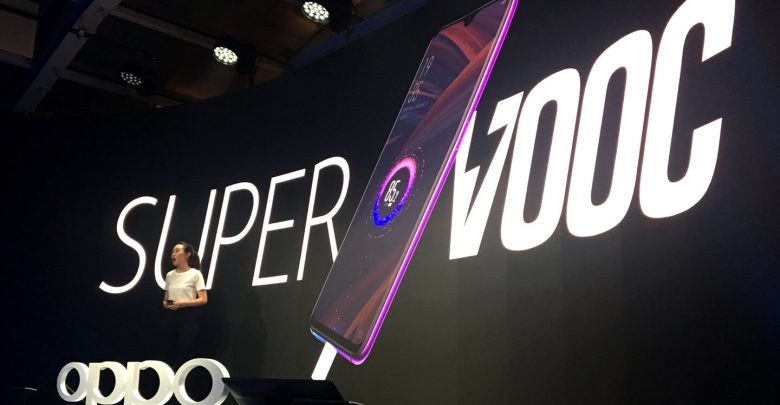
We live in a world where we need things done immediately, be it cooking, working, or even while using our phones. With this fast paced lifestyle, people have less time to wait for things to get done, in order to move on to the next. This is why we have faster cars, faster computers, faster phones, and even faster charging for said phones. Thus, crazy fast charging speeds for mobile phones are here, and will stay for many years to come.
So, as we can see, the most common Chinese brands have started the fast charging race. Oppo, Vivo, Xiaomi, and Realme.
Battle of the Charging speeds
In the beginning, Oppo was the first to enter the fast charging race, with their 20 watt chargers and the others followed later. Nowadays, most manufacturers have charging speeds of 20 to 30 watts, and it goes all the way to 65 watts. Oppo kickstarted the fast charging race with the Find X at 20 watts, while the Find X Lamborghini Edition sported a 50 watt charging speed! That speedy charging filled the 3400mAh battery in 35 minutes. Just imagine, that was 2 years ago.
65 Watt fast charging
Today, the fastest charging which is 65 watts is on most of Oppo’s phones, which includes the Find X2, and some of Realme’s phones. The Nubia Red Magic 5G is slower by a mere 10 watts, at 55 watts charging speed. It still manages to charge the 4500mAh battery in around 40 minutes. Xiaomi Black Shark 3 Pro which is a gaming phone, uses a similar fast charging tech, and charges the 5000mAh phone in 42 minutes. It’s an impressive feat for a large capacity phone!

But from what we can see, 65 watts charging speed is just not sufficient for some people. We are in a need for more speed!
Lenovo Legion gaming phone is here, with 90 watts fast charging
Lenovo had months of teasers, and one of them was the crazy 90 watts charging speed, along with a 5000mAh battery. Lenovo claims that the battery gives a full charge in 30 minutes by using the dual socket charging at 90 watts, but only if you choose the top end variant, the one with 16GB ram, and 512GB storage. The lower variants do get 65 watts charging though, which is plenty enough. A 5000 mAh battery would charge in just 38 minutes, (which is a measly 8 minutes more than the 90 watts charger) at that 65w charging speed. The Legion Phone was announced in China on 22 July, and will go on sale in the country this month too. Lenovo says the phone will come out in “select markets in Asia Pacific, EMEA (Europe, Middle East, Africa) and Latin America,” which doesn’t explain much when and where it will launch.

You might think, that 90 watts must be the peak, but no. There’s more!!
Qualcomm Snapdragon 875 supports charging speeds of 100 watts
Yes. You read it right. A bunch of companies are soon going to use Qualcomm’s proprietary charging tech and you can soon charge your snapdragon 875 powered phone at a blazing fast 100 watts. You will achieve a full charge in 15 minutes on a 4000mAh battery, so that comes to around 5 to 10 minutes for an ampere hour more (extra 1000 mAh). But beware, as Snapdragon 875 phones would cost nothing less than $800 as the full package (including the hardware needed for wireless connectivity) costs a crazy $250! Imagine the cost of other materials.
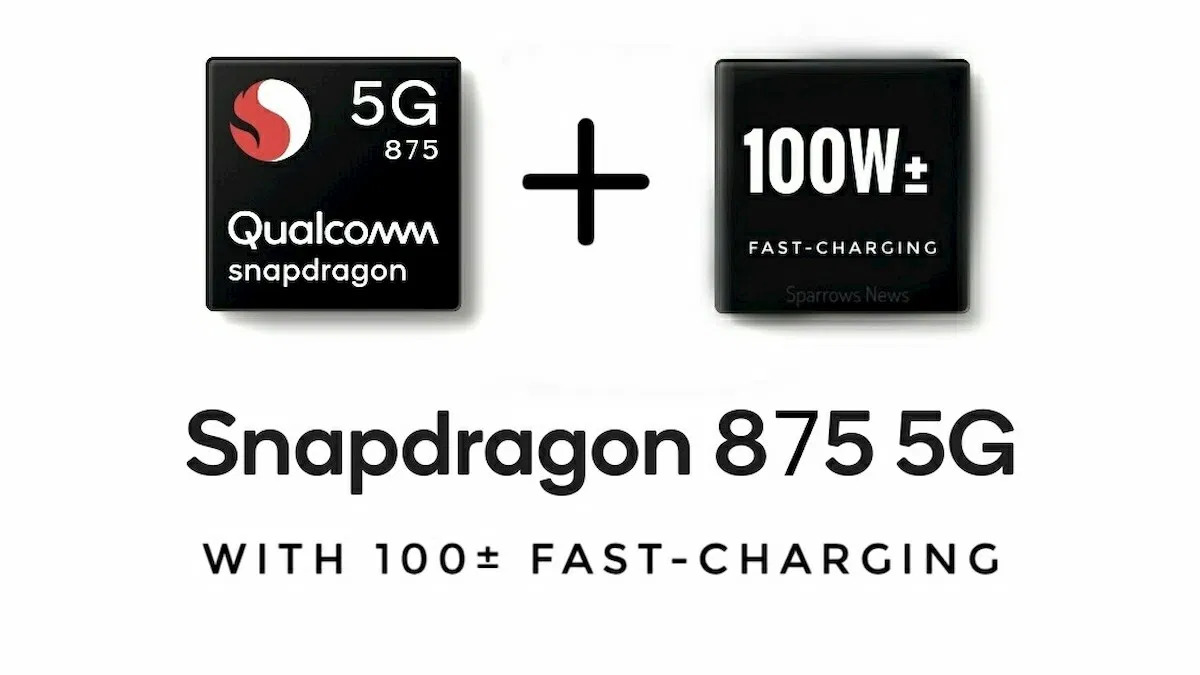
Other phone manufacturers are hitting the 100w bandwagon too
Xiaomi
Back in March last year, Xiaomi demonstrated their fast charging as shown in the video below…
So according to a report by GSMArena, Xiaomi revealed that they will finally introduce it’s 100W fast charging tech next month, which is August. According to the report, the hardware needed for Xiaomi’s 100W fast charging, which might be called Super Charge Turbo, has entered mass production at Foxconn’s factories last month and if all goes to plan, Xiaomi will introduce the tech as early as next month.
Samsung
Back in May last year, Samsung mentioned in a news report that they will be launching 2 new controller chips SE8A and MM101 for the power delivery (PD) fast charging tech which supports a peak charging speed of 100 watts. Unfortunately there haven’t been any updates since, but we do believe they will release it once a bunch of manufacturers have already come onboard the fast charging train.
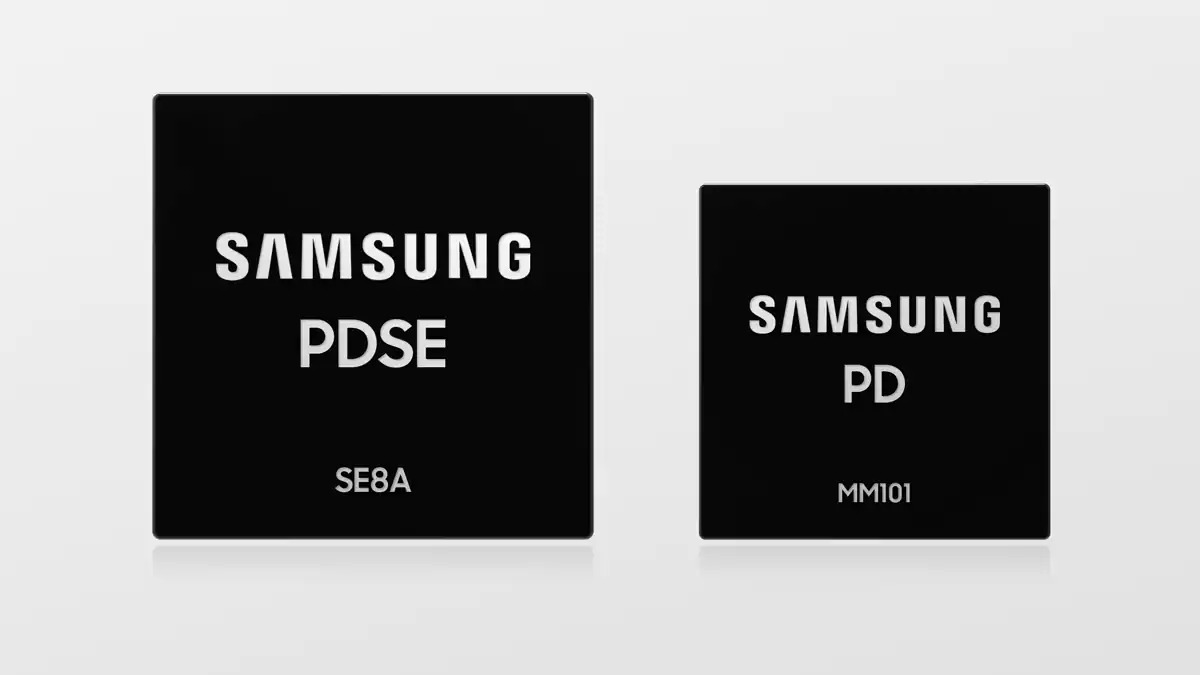
Beyond 100 watts
Currently, Oppo is leading the fast charging tech beyond 100 watts with their 125 watts charger. But, let’s not forget, that back on 20th June, Vivo had demonstrated their 120w fast charging. It was crazy fast, and took just 13 minutes to fully charge a 4000 mAh battery. We believe that with the extra 5 watts, we could maybe strike off a minute or maybe a few seconds. But who knows? I guess we’ll find that out next year, when the tech is officially released.
But fret not… According to a report by GSMArena, on 15th July, Oppo recently released their 125w flash charge charger.
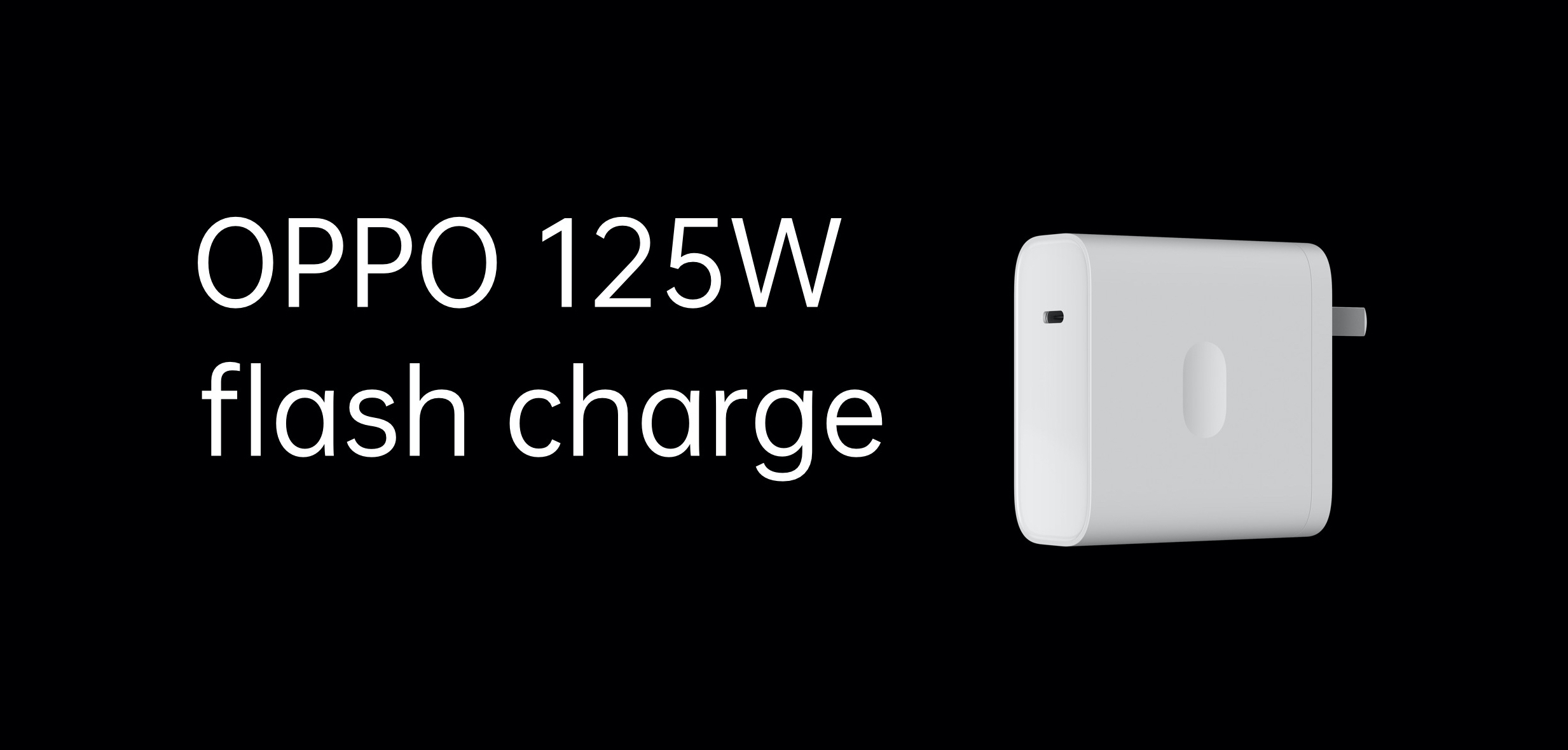
Among other things, they even introduced their wireless charger termed “AirVOOC wireless charge”, with a speedy 65 watts, a mini 110w mini flash charger (which uses a new tech called Gallium Nitride or GaN in short), and an even smaller 50w mini SuperVOOC charger.
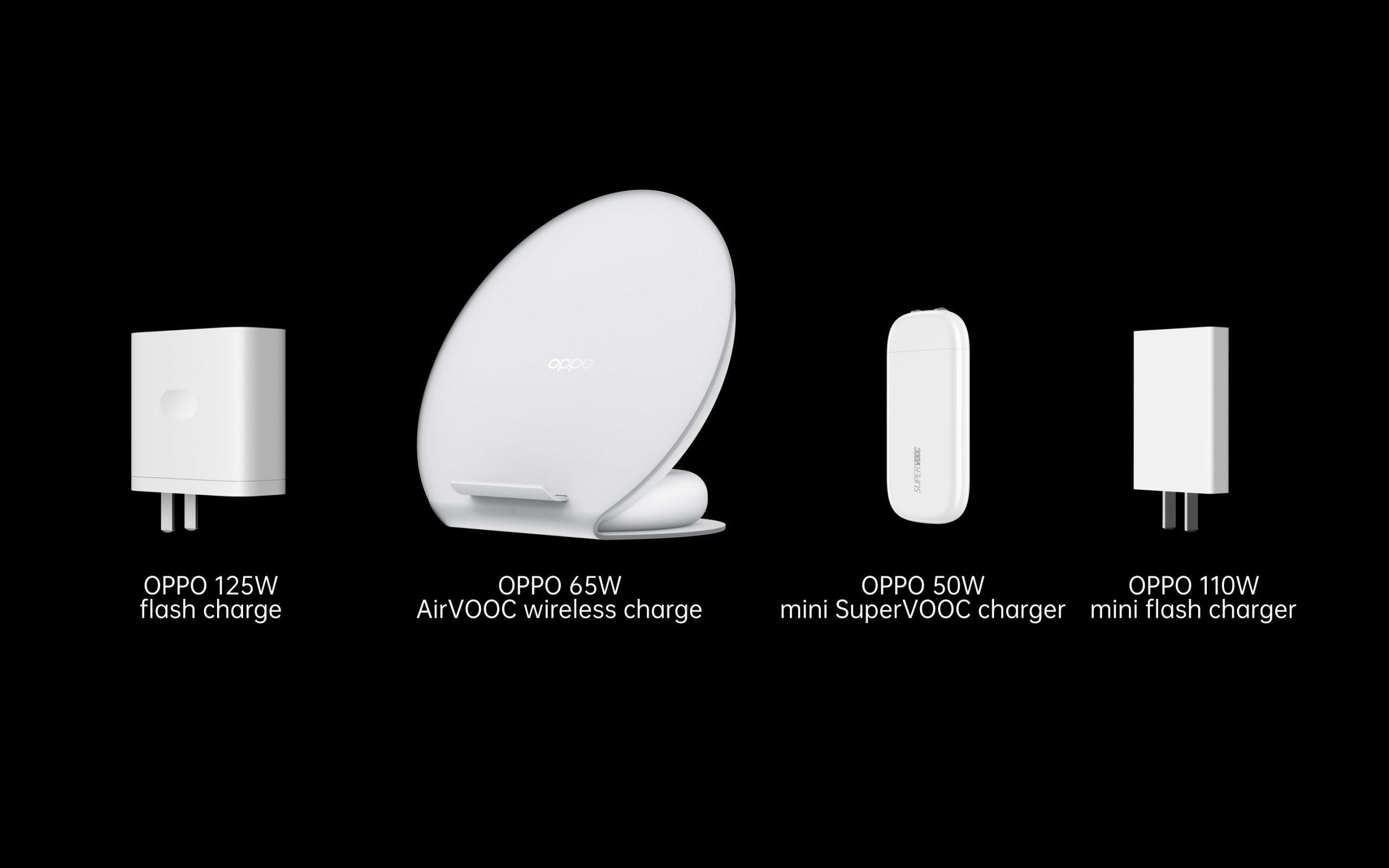
Oppo’s sister company, Realme, too has hopped on the 125w bandwagon with their 125w UltraDART chargers, which is more or less the same charging tech copied from the boss, Oppo, and given another fancy name.

As of today, the peak charging speed that is available is 65 watts, with Lenovo using 90 watts in their Legion gaming phone, and is only available in China. The peak charging speed that’s unveiled is 125 watts. Soon, manufacturers will move to faster charging tech, and hit 200 watts. By 2025, the 100 watts charging speed will be the standard charging speed for almost all high end phones, and in the next 10 years, as batteries start to change, we could have a crazy 500 watts, and top up a 6 or 8 ampere hour battery, which could probably be the size of a button cell, in maybe a minute or so, and it would last for a week without needing to be recharged. This tech could also move on to electric cars, as well as electric planes, and charging them would just take 10 minutes or less, and have zero battery degradation. The future is bright, and exciting!
So, are you ready to purchase a smartphone with fast charging capabilities? Would you like your next smartphone to have the latest fast charging tech? Do let us know in the comments below
